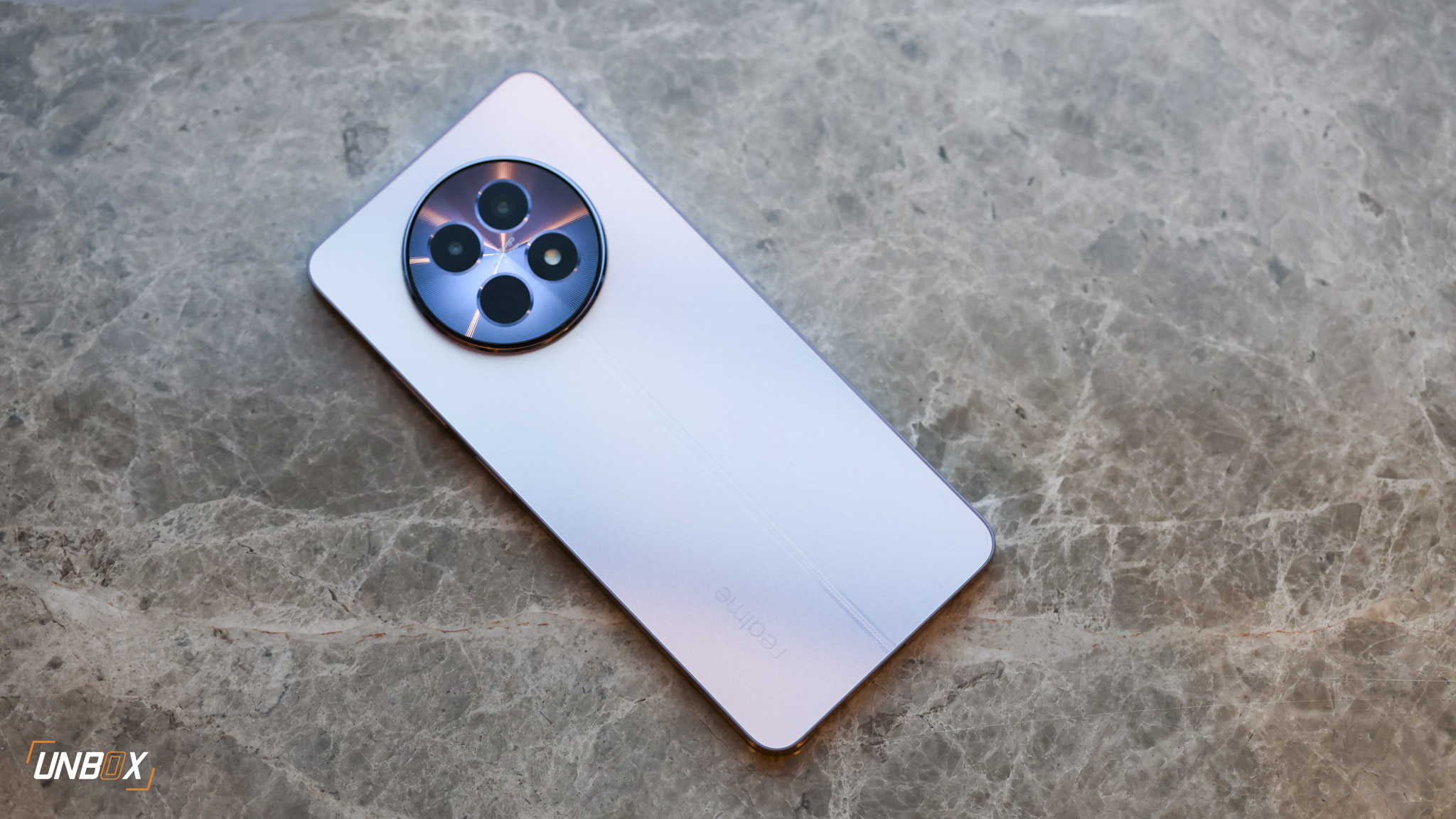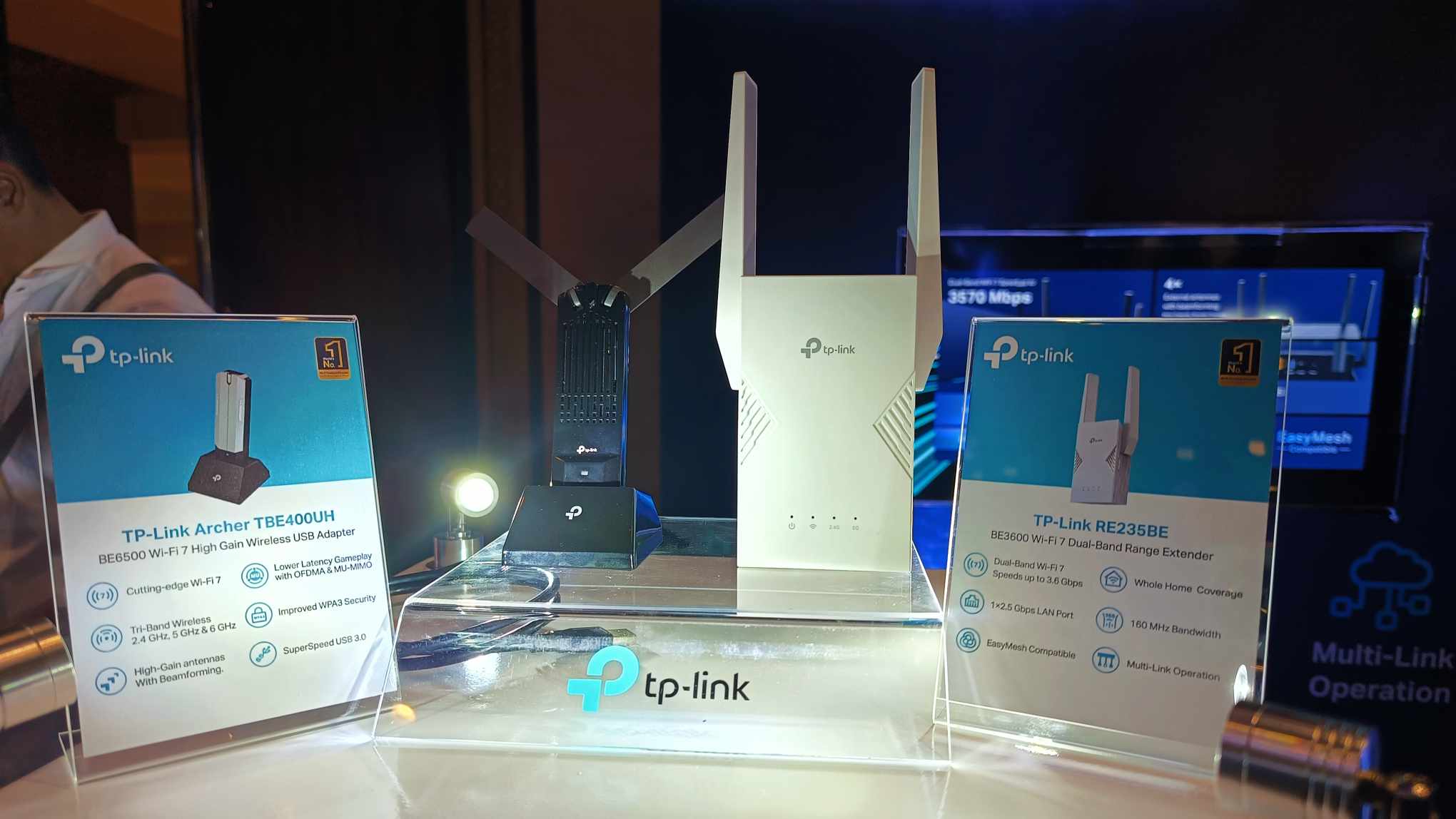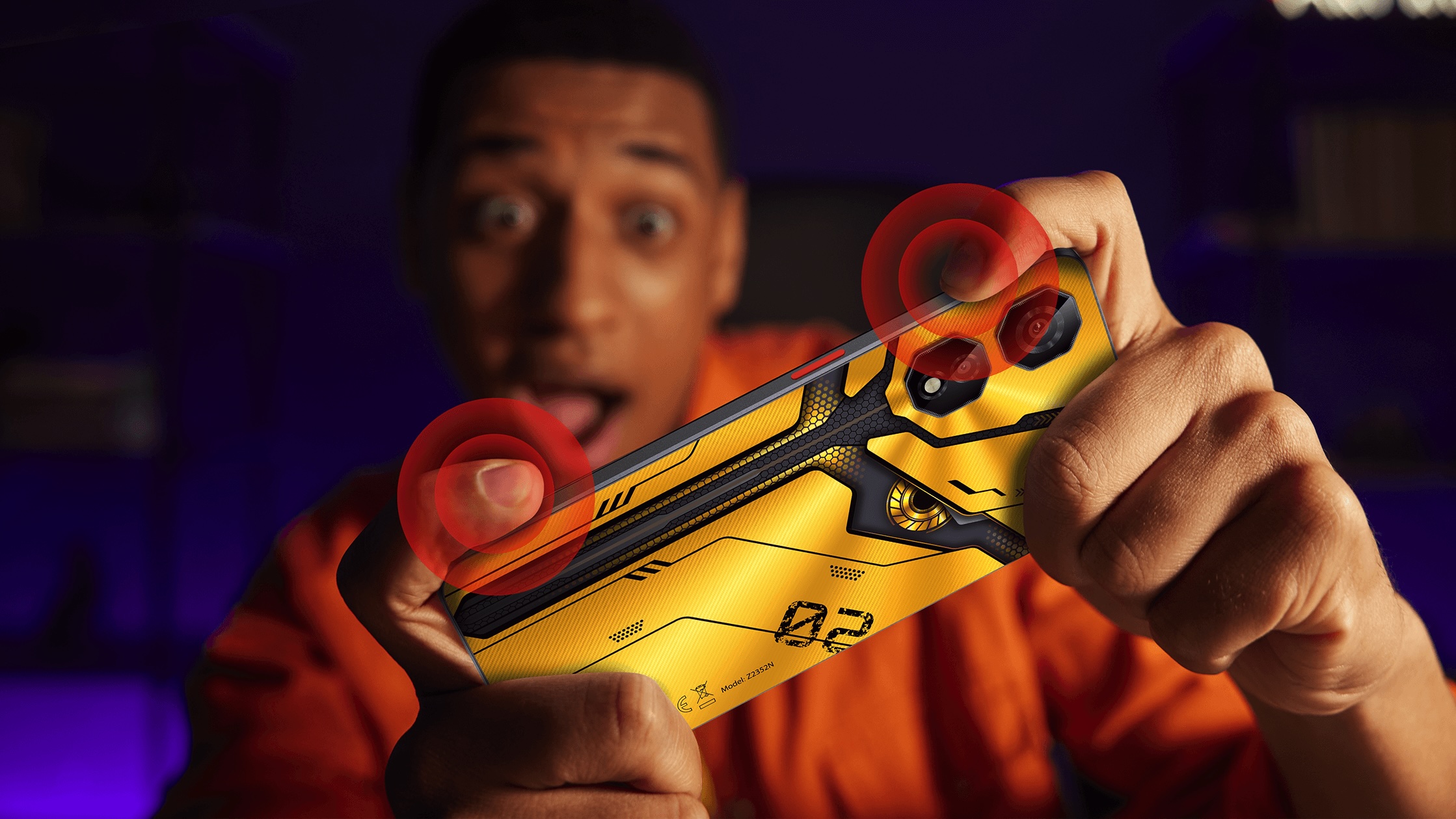We review the Huawei-built Google Nexus 6P!
Google’s Nexus lineup is the probably the most desirable series of phones if you’re a developer or are an Android enthusiast. Many people may dispute it, but fact is that the Nexus series of smartphones have limited commercial appeal compared to devices offered by Google’s partners, namely Samsung, LG and Sony. But that changes with the flagship Nexus device this year – the Huawei built Nexus 6P. Google and Huawei have managed to create the impossible – a gorgeous Nexus flagship that appeals to both Android enthusiasts and the general public.
Google Nexus 6P
- Qualcomm Snapdragon 810 v2.1 octa-core processor
- 3GB of RAM
- 5.7-inch AMOLED QHD display, Gorilla Glass 4 protection, 2560 x 1440 resolution
- 64GB
- 12.3-megapixel rear camera, 1.55 ?m pixel sensor, f/2.0 aperture, laser AF system
- 8-megapixel front camera
- 3G, LTE
- WiFi, Bluetooth, GPS, A-GPS, USB Type C port, fingerprint sensor
- 3450mAh battery
- Android 6 Marshmallow

Gorgeous all-metal build
Huawei has had a lot of practice in creating unibody metal smartphones, and the Nexus 6P is probably their best yet. The phone is absolutely gorgeous, and shows off Huawei’s mastery of metal. The beveled and chamfered edges are absolutely perfect, and we really can’t find any fault in the build quality of the device, try as we might.

There’s definitely some design influence here from their Mate series of devices – the lower back of the phone for instance, looks a lot like the one in the Mate 7 and Mate 8. There’s a subtle curve to the entire phone that allows you to hold it better, and while the phone sports a 5.7-inch display, it handles quite well, though one-handed operation is problematic, which is normal for most phablets.

The power button and volume rocker are on the right, while the SIM tray is on the left of the phone. The 3.5mm jack is up top, and the USB Type-C connector is on the bottom. While USB Type-C is cool, using it is quite problematic since the cable provided with the charger for the Nexus 6P uses two male connectors, unlike the one included in other USB Type-C equipped devices we tested. That means unless you have a notebook, powerbank or accessory that has a male USB Type-C connector, you’ll have to bring the charger with you to get more juice in the 6P or buy a third-party USB Type-C cable to utilize power banks with it.

Just consider it as #earlyadopterproblems. The phone’s lower and upper bezels are a little thick, though we suspect that’s because of the dual front-facing speakers that the Nexus 6P has. The Nexus 6P is capable of producing very loud sounds without losing definition, so we’re more than happy to trade a little bezel space for those powerful speakers.

Turning the phone over, you’ll see the slight camera hump on the back which contains the 12.3-megapixel rear camera with laser AF, HDR and other goodies. Technically the camera uses Ultrapixel tech, considering the large 1.55µm pixel size, but you’ve never seen ultra-pixel like the one in the 6P (more on this later). Move down a little further and you’ll see the circular fingerprint sensor.

Huawei’s one of the companies that started the trend of putting fingerprint sensors dead-center on the back of phones with the Mate 7, and we’re happy to see it continue with the 6P. As far as fingerprint scanners go, the one in the 6P is fast, consistent and easy to use – pretty much what you’d expect from a Huawei-built smartphone.
Let’s talk about the display for a minute. The 6P uses a 5.7-inch, QHD (1440 x 2560) resolution AMOLED display protected by Gorilla Glass 4 and has an oleophobic coating to keep smudges away. Because of the AMOLED panel the display has very good and very deep blacks, high color saturation levels and excellent contrast. Colors pop right out of the screen and the display isn’t afraid of sunlight and is perfectly readable under the sun.

Conquering Qualcomm’s Snapdragon 810
Certainly one of the biggest controversies in the 6P is Google’s choice of Qualcomm’s Snapdragon 810 processor. Many manufacturers have avoided using this processor because of thermal issues, opting instead for the slightly lower performance and thermally stable Snapdragon 808 (LG) or going with their own solution altogether (Samsung).
Of course not every implementation of Qualcomm’s flagship Snapdragon 810 is the same, and it looks like Huawei has managed to integrate Qualcomm’s troublesome flagship processor into their device well. While the phone did get warm (no phone stays cool all the time) it never got uncomfortably hot to hold at all.

As far as performance goes – well, it’s a Snapdragon 810 processor. It’s the cream of the crop, as far as processors go, and paired with 3GB of RAM, it’s more than capable of tackling ANY app you throw at it without any problems whatsoever. In the Philippines, Huawei is only selling the 64GB version of the 6P.

The biggest appeal of buying a Nexus smartphone is getting the latest version of Android, and in that regard the 6P delivers. It has Android Marshmallow on board that gives you a taste of new features which include Google Now On Tap, as well as Doze. The former isn’t that useful as you can’t really choose the relevance of the cards that you get, while the latter manages to extend the battery life of your phone significantly (we’ll go into detail about that later). Nexus devices are usually the first phones to get a taste of the newest version of Android, and even devices released years ago still get timely Android updates, which you can’t say for any other device out there. Simply put if you like the idea of getting first dibs on the latest version of Android, a Nexus phone is for you.
Calls made to and from the 6P are crystal clear, without any issues. The 6P also latches on to LTE signals pretty well and refuses to let go, more so than any other phone we’ve tested so far. 
Camera shy no more: finally, a Nexus phone that doesn’t have a sucky camera
The biggest weakness of almost all Nexus smartphones have always been their camera. Since Nexus devices are usually aimed at tinkerers rather than the general consumer, the camera experience wasn’t a big priority for the manufacturers of previous Nexus smartphones.
That’s changed with the 6P. Sporting an Ultrapixel tech equipped, 12.3-megapixel camera with laser AF with large, 1.55µm pixel size, the camera on the 6P is more than capable of taking on the offerings of other flagship devices though you don’t have OIS on board.
While the actual megapixel count of the camera is smaller compared to other devices, images captured by the 6P still have plenty of detail and definition. Images captured by the phone are vivid, and low-light performance is pretty good. The automatic HDR of the phone also does a good job, and is second only to the one in Samsung’s Galaxy S6. In fact, all the images used in our recent Starmobile Knight Spectra review were taken using the Nexus 6P. The only other smartphone that we were confident in using the photos in an article was the Galaxy S6 Edge (and by extension, the Galaxy Note 5). Yes folks, the camera is that good.

Probably the only complaint we have with the camera of the 6P is the utilitarian app that’s included. We would have loved full manual control for the 6P, though you can probably download a different camera app to unlock that latent ability if you so choose.

Doze is a winner, two day battery!
One of the biggest changes for Android Marshmallow is Doze, a new power saving mode. Essentially, Doze puts your Android device into a deeper sleep as usual, which results in better battery life if you’re not checking your phone every 10 minutes. Even though our PCMark Battery Benchmark recorded an overall uptime of 7 hours and 37 minutes, our own experience with the phone resulted in phenomenal battery life – around 2 days with moderate use. That’s on a 3,450mAh battery mind you, a battery size that’s usually not conducive to longevity past a day and a half. Color us impressed.
Even if you do manage to drain the 6P, the included fast charger can get the phone from flat 0 to 100 percent in less than 90 minutes of charging time. That’s pretty awesome, if you ask us.

Verdict: All hail the new king of Android
The Nexus 6P is undeniably the best Nexus device to come out in recent years. Huawei really did a good job in their freshman effort in the Nexus program. A beautiful design, excellent camera performance, trouble free integration of Qualcomm’s Snapdragon 810 processor – the Nexus 6P everything you look for in a smartphone and more. And since it’s guaranteed updates for years to come, the 6P will be a relevant device even if more powerful and more capable Nexus smartphones come out in the following years. If you want the very best of Android, you shouldn’t look further than the Nexus 6P.
The Nexus 6P is priced in the PH at Php 29,990.













